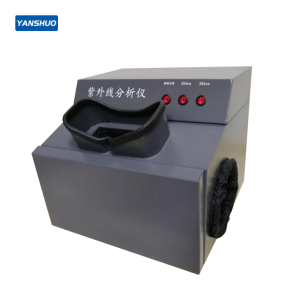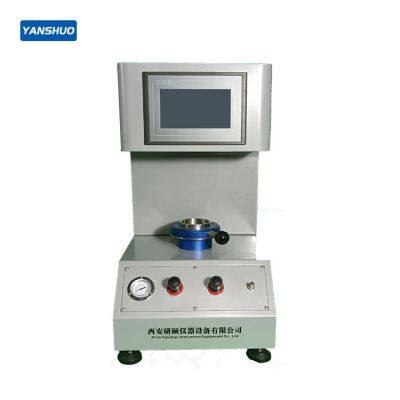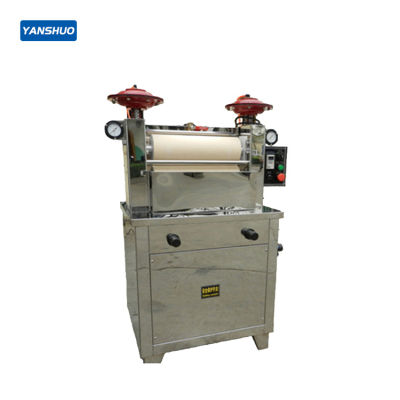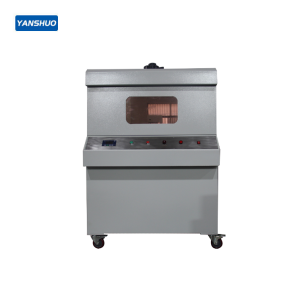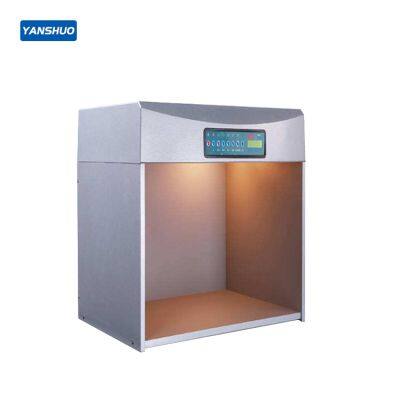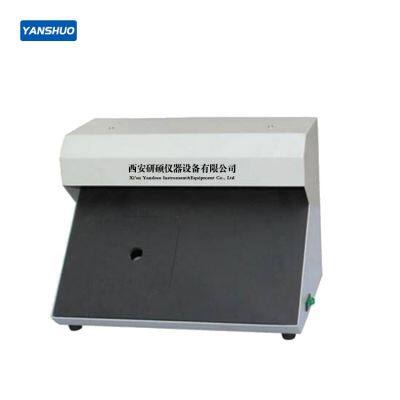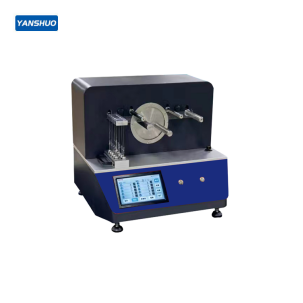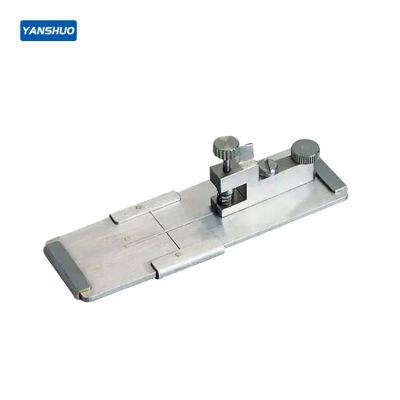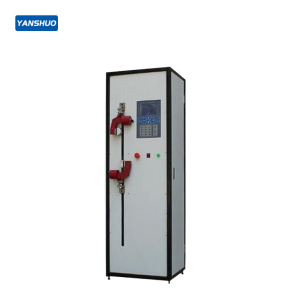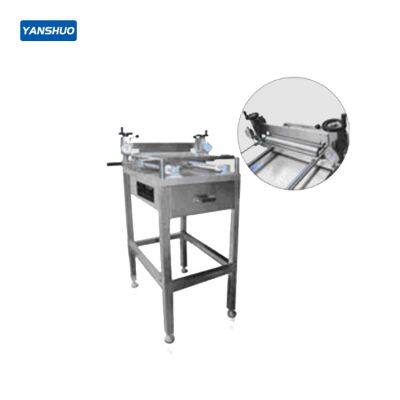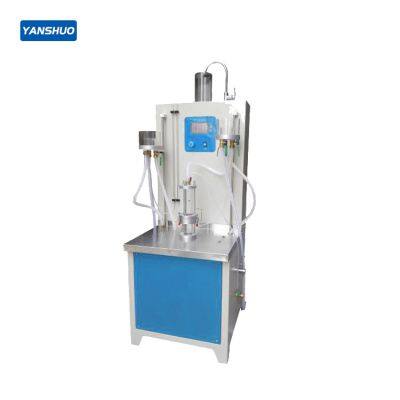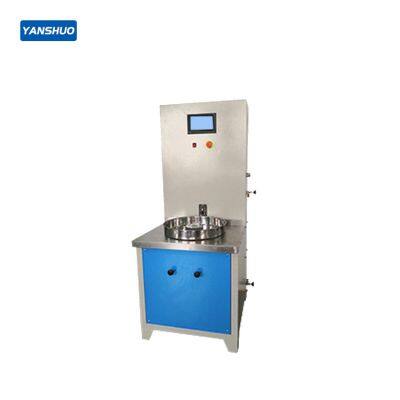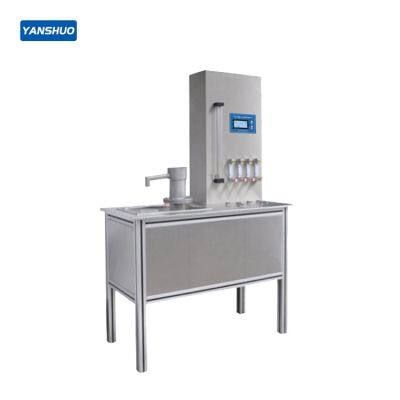he Invisible Battle: Microbial Testing of Nonwoven Hygiene Products
I. The Invisible Battlefield: Why Microbial Testing is Crucial
Nonwoven hygiene products (such as wipes, sanitary pads, and medical dressings) come into direct contact with human skin or mucous membranes. Excessive microbial contamination can lead to:
Infection Risks: Bacteria (e.g., Staphylococcus aureus) and fungi (e.g., Candida albicans) causing skin inflammation.
Product Deterioration: Microbial growth accelerates fiber degradation, leading to odors or discoloration.
Legal Disputes: In 2023, a brand of baby wipes faced a class-action lawsuit due to Pseudomonas aeruginosa (exceeding standards), resulting in $12 million in compensation.
Industry Status:According to SGS testing data, in 2024, 23% of submitted nonwoven hygiene products failed to meet the microbial limits of China's GB 15979-2002 Hygienic Standard for Disposable Sanitary Products.
II. Antibacterial Performance Testing: Method Differences and Commercial Traps
1. Comparison of Main Testing Standards
Standard | Test Microorganisms | Criteria | Applicable Products |
ISO 20743 | E. coli, Klebsiella pneumoniae | Antibacterial rate ≥2.0 (log reduction) | Medical dressings, antibacterial wipes |
AATCC 100 | Staphylococcus aureus | Inhibition rate ≥99.9% | Hygiene products for the US market |
GB/T 20944.3 | Candida albicans + 3 bacteria | Inhibition zone diameter ≥7mm (after 5 washes) | Infant products in China |
Industry Issues:
Special Samples for Testing: Some companies use lab-customized samples (e.g., with ultra-high antibacterial concentrations) to pass tests, while actual products contain less than 30% of the standard value.
Marketing Gimmicks: Claims like "99% antibacterial" often omit test conditions (e.g., AATCC 100 requires 24-hour incubation, but real-world effects may last only 2 hours).
III. Toxicological Assessment: The Overlooked Safety Red Line
1. Dual Risks of Chemical Residues
Antibacterial Agent Toxicity:
Quaternary ammonium compounds (e.g., ADBAC) may cause contact dermatitis (listed as SVHC by EU ECHA).
Nano-silver particles face cytotoxicity debates (FDA requires additional migration data for particles >100nm).
Process Residues:
Ethylene oxide sterilization residues (GB 15980 prohibits detection, while FDA allows ≤1μg/cm²).
Formaldehyde release (Japan's JIS L 1902 requires ≤16μg/g, stricter than China's GB 31701 ≤75μg/g).
2. New Assessment Technologies
3D Skin Models (replacing animal testing):
L'Oréal's Episkin model simulates irritant reactions on damaged skin.
Costs 40% less than traditional rabbit eye tests, with 95% repeatability.
Organ-on-a-Chip Microfluidics:
Harvard Wyss Institute's "liver chip" predicts long-term metabolic effects of antibacterial products.
IV. Three Major Consumer Blind Spots
1. The "Sterile ≠ Safe" Misconception
Over-sterilized products may disrupt skin microbiota (e.g., wipes with pH <4.0 inhibit Staphylococcus epidermidis).
CDC research shows a correlation between antibacterial wipe overuse and increased childhood allergies (OR=1.34, 95%CI 1.12-1.61).
2. Testing Report Wordplay
"Not detected" may only mean below a certain limit (e.g., HPLC detects formaldehyde at 0.5mg/kg, while GC-MS reaches 0.05mg/kg).
Some companies disguise "corporate standards" as industry standards (e.g., self-claimed "AAA-level antibacterial" lacks national certification).
3. Regulatory Gaps in Cross-Border Shopping
Japanese sanitary pads bought overseas may contain chlorophenol antibacterial agents banned in China (e.g., triclosan).
EU Amazon removed Chinese-made "bamboo fiber pads" due to bamboo quinone levels 200 times above REACH limits.
V. Solutions: From Compliance to Leadership
1. Corporate Strategies
Layered Testing System:
Raw materials: Batch testing for microbial load (refer to USP <61>).
Finished products: Combined testing against strictest standards (e.g., GB 15979 + ISO 20743 + AATCC 100).
Transparent Labeling:
QR codes showing:
Antibacterial agent type and concentration (e.g., "0.12% polyhexamethylene biguanide").
Toxicological assessment summaries.
2. Consumer Self-Protection Guide
Look for authoritative certifications:
Medical-grade: FDA 510(k), CE MDD.
Consumer-grade: ECOCERT Organic, OEKO-TEX® STANDARD 100.
DIY test: Soak wipes in sterile saline, tape to clear adhesive, and observe bacterial spots after 24 hours (rough screening).
3. Industry Innovations
Green Antibacterial Technologies:
Plant extracts (e.g., tea tree oil microcapsules) certified by ISO 16128.
Photocatalytic antibacterial (TiO₂-coated nonwovens) achieve 99% inhibition under GB/T 30706-2014.
Smart Monitoring Nonwovens:
South Korea's pH-sensitive fibers change color with microbial growth (Patent KR102025189B1).
Recently Posted
-
Why do disposable diapers need to be tested with professional testing instruments?
August 23, 2025I. Limitations of subjective assessment1.1 Uncontrollable factors in manual testingTraditional manual testing methods have many limitations:Inconsistent testing conditions: The temperature, volume, and pouring speed of the liquid are difficult to standardize in each test.Subjective result judgment: Different personnel have different judgment criteria.Difficult to quantify data: It is impossible to provide precise numerical evRead More -
Domestic vs. Imported Electronic Tensile Testing Machines: Performance Comparison and Cost-Effective
August 22, 20251. Brand Comparison: Technological Heritage and Market LandscapeImported Brands: Examples include Instron, MTS, and Zwick/Roell, which have long dominated the high-end market with a rich history and deep technological heritage. Their products are known for high precision and stability, particularly excelling in fields such as aerospace and cutting-edge scientific research. However, prices are generally high, often two times oRead More -
From Beginner to Expert: Daily Calibration and Error Compensation Techniques for Electronic Universa
August 21, 2025I. Why is Calibration So Important? The Chain Reaction of Errors:A 0.5% force value error can lead to a >20% deviation in fatigue life prediction (ASTM E739 data).Case Study: A spring factory failed to calibrate promptly, resulting in a batch of products exceeding stiffness standards and incurring losses of ¥800,000.Mandatory Standards:ISO 7500-1 stipulates: Class 1 equipment requiresRead More -
Electronic Tensile Tester Selection Guide: 5 Easily Overlooked Key Parameters
August 20, 2025I. Range Selection: Bigger Isn't Always BetterGolden Ratio Principle:Routine test forces should fall within 10%-90% of the range (ASTM E4 requirement)Case: A testing lab purchased a 100kN machine for 5N wire tests, resulting in ±8% error (3x over-limit)Multi-Range Solutions:Test TypeRecommended RangeAccuracy RangeTextile fibers0.5-500N±0.5%Automotive wires1-10kN±0.8%Metal materials10-300kN±1.0%Smart Sensor Tech:Zwick RoelRead More




